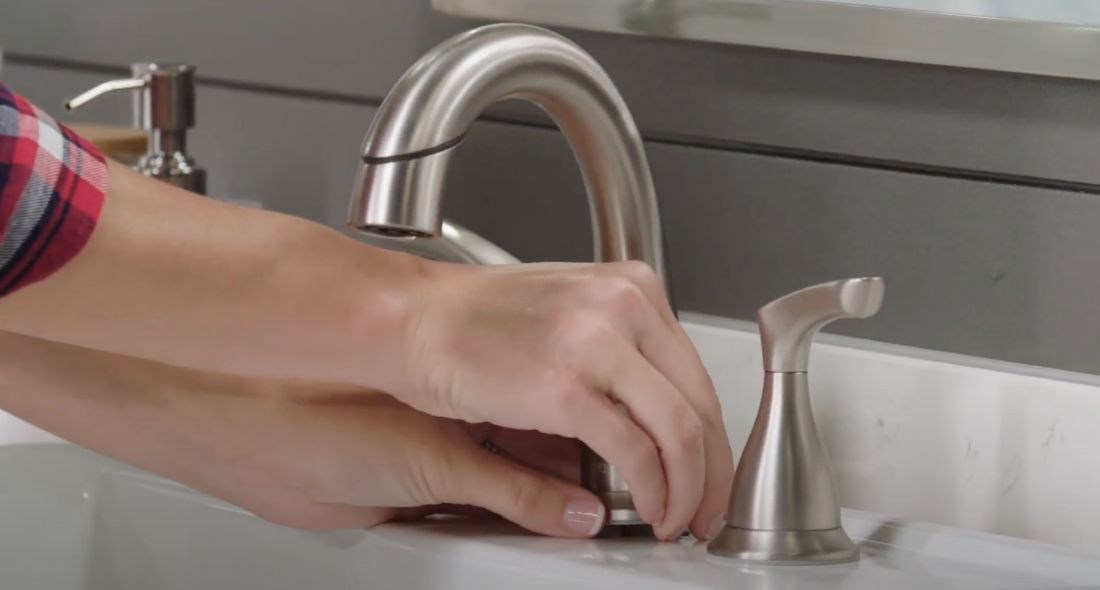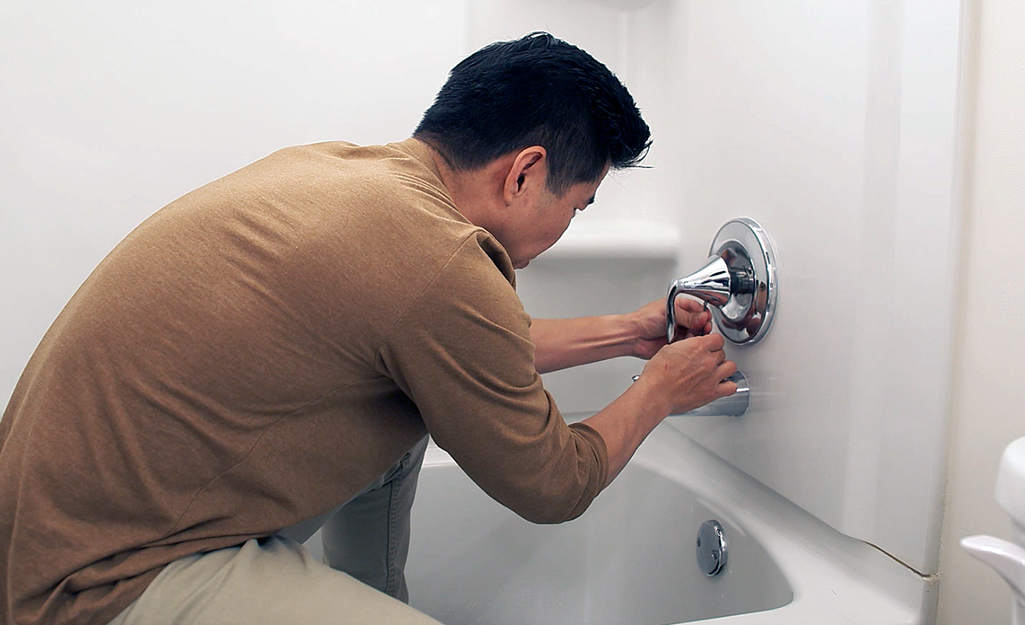Exploring the Significance of Fixing a Dripping Faucet
Exploring the Significance of Fixing a Dripping Faucet
Blog Article
Have you been in search of selective information concerning Should I Repair or Replace a Leaky Faucet??

Trickling taps may seem like a small trouble, yet their impact goes beyond simply the nuisance of the sound. From wasting water to incurring unnecessary economic prices and wellness risks, neglecting a leaking faucet can lead to various repercussions. In this post, we'll delve into why it's important to address this typical home issue quickly and successfully.
Wastefulness of Water
Environmental Effect
Leaking faucets contribute considerably to water wastage. According to the Epa (EPA), a single faucet leaking at one drip per secondly can squander more than 3,000 gallons of water annually. This not just stress water resources but additionally affects environments and wildlife depending on them.
Financial Prices
Boosted Water Costs
Beyond the environmental impact, leaking taps can pump up water costs considerably. The accumulated wastage gradually equates into greater energy expenditures, which could have been avoided with prompt repair work.
Prospective Residential Property Damages
In addition, prolonged trickling can result in harm to fixtures and surfaces surrounding the tap. Water accumulation can trigger discoloration, deterioration, and also architectural concerns if left neglected, causing added fixing costs.
Health and wellness Problems
Mold and Mildew Development
The consistent presence of dampness from a dripping tap creates an excellent atmosphere for mold and mildew development. These fungis not only jeopardize interior air top quality yet additionally posture wellness dangers, particularly for individuals with breathing conditions or allergies.
Waterborne Conditions
Stagnant water in dripping taps can come to be a breeding ground for microorganisms and various other pathogens, raising the risk of waterborne illness. Contaminants such as Legionella bacteria grow in stationary water, potentially causing major ailments when consumed or inhaled.
Do it yourself vs. Specialist Repair
Benefits and drawbacks of DIY Fixing
While some may try to take care of a leaking tap themselves, do it yourself repairs include their very own collection of difficulties. Without proper expertise and devices, do it yourself efforts can intensify the issue or cause insufficient repairs, extending the trouble.
Benefits of Hiring a Specialist Plumber
Working with a specialist plumber makes sure that the underlying source of the trickling faucet is dealt with effectively. Plumbings have the proficiency and tools to identify and fix tap issues effectively, conserving time and decreasing the threat of further damages.
Step-by-Step Guide to Repairing a Dripping Tap
Tools Required
Before trying to take care of a trickling faucet, gather the required tools, including an adjustable wrench, screwdrivers, replacement components (such as washers or cartridges), and plumber's tape.
Usual Faucet Issues and Their Solutions
Recognize the kind of tap and the specific problem causing the drip. Usual troubles include damaged washers, rusty valve seats, or damaged O-rings. Refer to supplier instructions or on the internet tutorials for step-by-step assistance on fixings.
Preventive Measures
Regular Upkeep Tips
To stop dripping taps, execute routine upkeep such as cleansing aerators, evaluating for leaks, and replacing damaged parts immediately. Additionally, consider setting up water-saving tools or upgrading to a lot more efficient fixtures.
Importance of Prompt Fixes
Resolving leaking faucets as soon as they're observed stops additional water waste and possible damages, eventually conserving both water and cash over time.
Effect On Home Value
Assumption of Well-Maintained Residential Property
Maintaining a residential or commercial property in good condition, including attending to maintenance concerns like dripping faucets, improves its viewed worth and value among prospective customers or tenants.
Impact on Resale Worth
Features with properly maintained plumbing fixtures, consisting of faucets, command greater resale worths in the real estate market. Attending to leaking faucets can add to a favorable impact throughout building assessments and negotiations.
Ecological Responsibility
Private Contribution to Conservation
Taking responsibility for taking care of dripping taps lines up with broader initiatives toward water preservation and ecological sustainability. Every person's activities collectively make a significant influence on preserving precious resources.
Lasting Living Practices
By prioritizing timely repairs and adopting water-saving behaviors, individuals contribute to lasting living techniques that profit both present and future generations.
Verdict
Attending to a trickling tap surpasses mere comfort; it's an important action towards conserving water, decreasing financial prices, and protecting health and wellness and residential property. Whether with do it yourself repairs or professional support, doing something about it to take care of trickling taps is a small yet impactful method to advertise liable stewardship of sources and add to a much healthier, extra lasting future.
Most Common Reasons for a Leaky Faucet and How to Stop the Drip
Whether it’s your kitchen faucet leaking or a bathroom faucet leaking, one leaky faucet can waste anywhere from three to 30 gallons of water every single day. If the constant drip-drip-drip doesn’t get your attention, your water bill will. The good news is that, by following a few simple steps, chances are pretty good you can fix the problem yourself.
Why is it dripping?
Before you start taking things apart, let’s break down some of the most common causes of a leaky faucet.
Bad O-ring.
A cartridge is a valve that controls the flow of water into the faucet spout. On cartridge faucets there’s an O-ring—the little disc attached to the stem screw that holds the faucet handle in place. If it’s loose or worn-out, it can cause your sink handle to leak. Of course, the cartridge itself could be worn out. If that’s the case, make sure you replace it with the exact same kind.
Corroded valve seat.
The valve seat connects the faucet and the spout. If the leak seems to be coming from the spout, it might be because a buildup of water sediment has corroded the valve seat.
Worn-out washers or seals.
A leaky spout could be caused by a bad washer that rests against the valve seat. It’s just a matter of time before friction takes its toll. It could also be the wrong size washer or one that’s been installed incorrectly. Water sediments can also corrode inlet and outlet seals.
Water pressure.
If the faucet only drips now and then, or when you turn the handles a certain way, you should probably check your home’s water pressure.
Loose or broken parts.
The adjusting ring and packing nuts in the stream screw can become loose over time, causing your sink handle to leak. Try tightening or replacing the packing nut. If the leak is coming from the pipes underneath the sink, you probably have a broken pipe or fitting. If that’s the case, you should definitely call a plumber.
Know your faucet.
Faucets come in a variety of types. Each one has its own assembly—and its own possible causes of leaks. Learning about the four most common kinds of faucets will help you know how to take them apart and make any repairs.
How to stop a leaky faucet
Fixing that leaky faucet doesn’t have to take a lot of time, money, or expertise. It’s usually a simple matter of replacing a worn-out washer or gasket, a loose O ring, or another part. Chances are really good you can do this yourself if you follow these simple steps.
Shut off the water.
Before you tackle the faucet, cut off the water supply to the sink. There should be one valve for hot and one for cold. Hand-turn them clockwise with your hands till they close. If there are no valves under the sink, head to the basement and shut off the main water supply to the house. Then turn on the faucet until it empties out the water that’s still in the line and you’re ready to start. It’s a good idea to cover the sink drain with a plug or a rag so you don’t lose any small pieces and parts while you’re working.

We are very involved in Water Dripping from Faucet: Why and How to Fix and I hope you liked the entire piece. For those who liked our post plz make sure you remember to pass it around. Thanks a lot for your time spent reading it.
Report this page